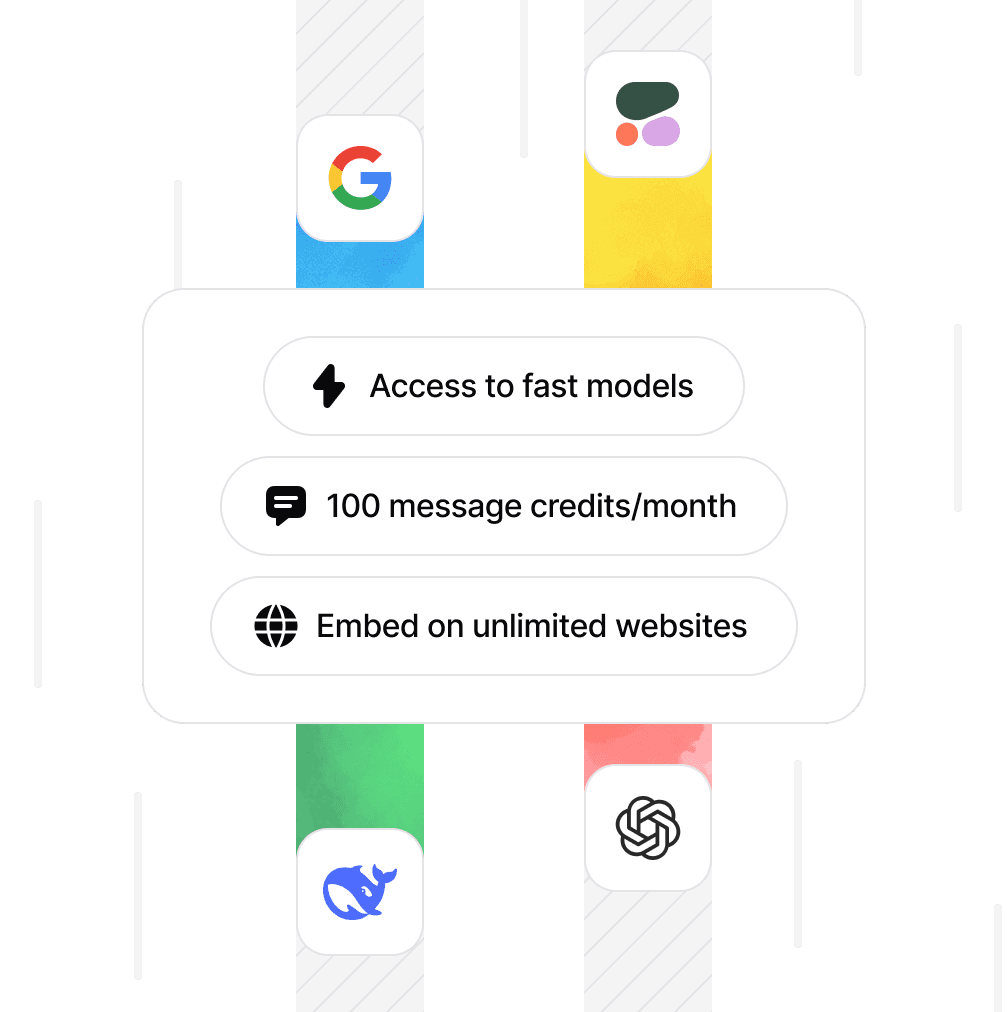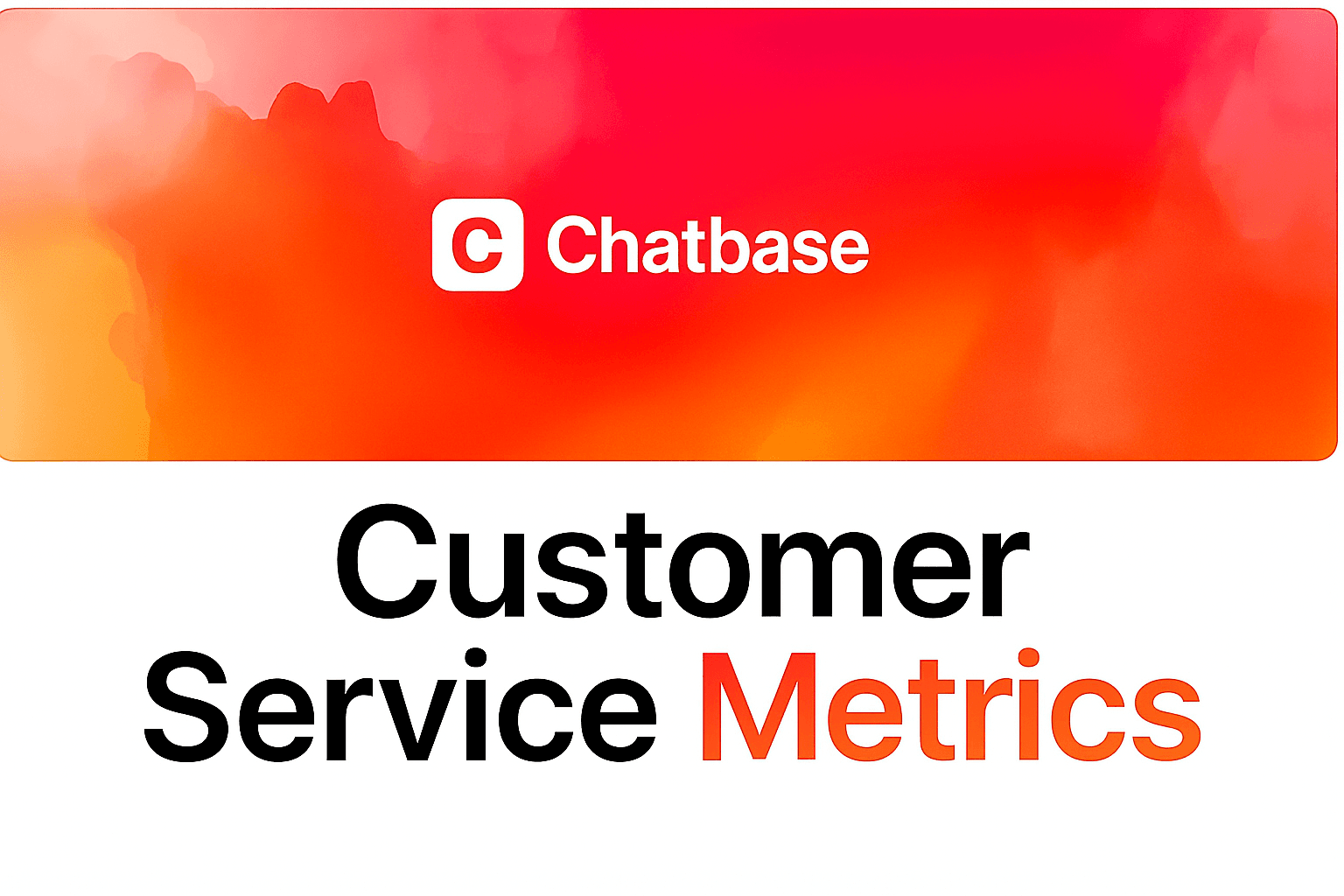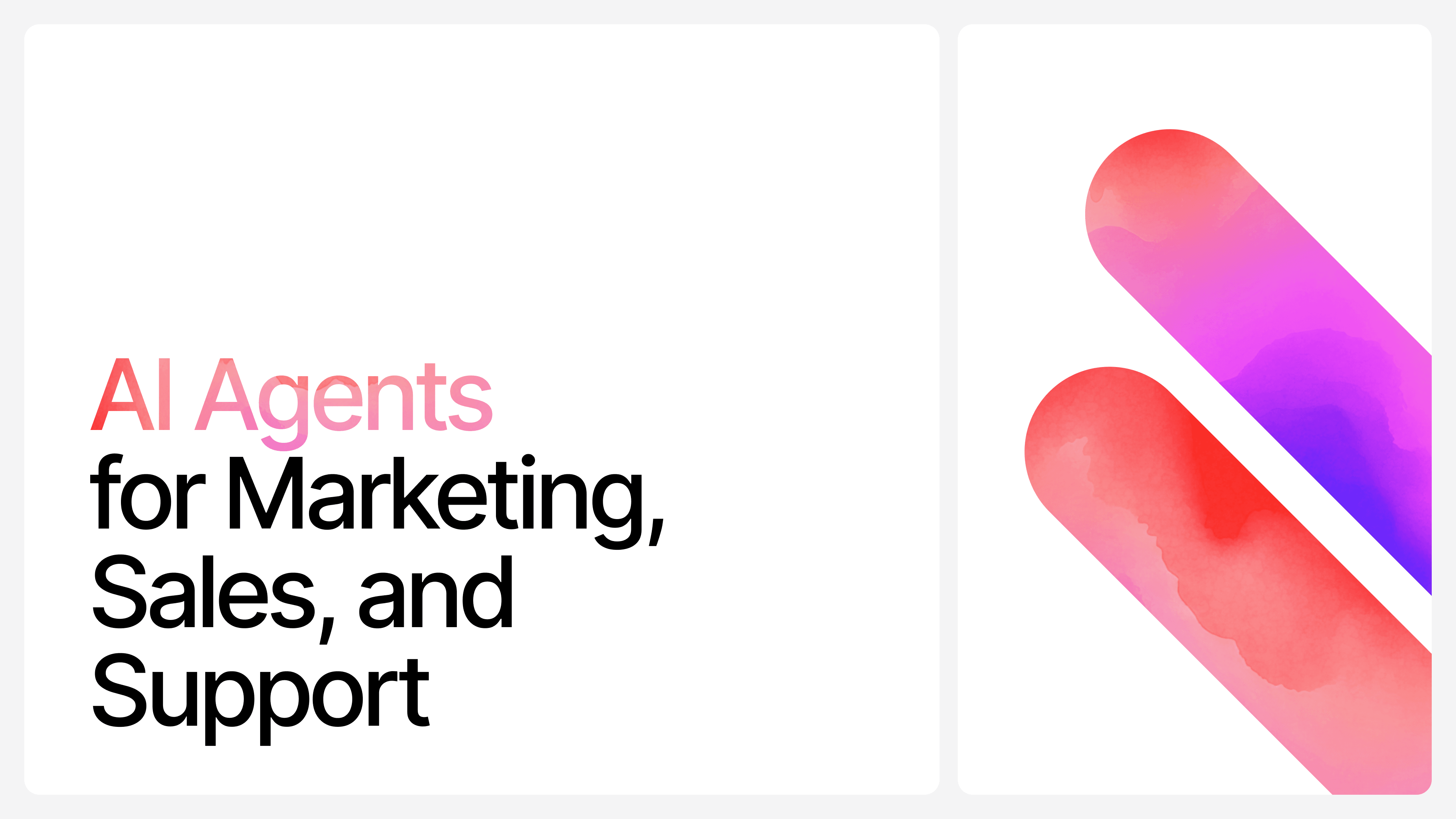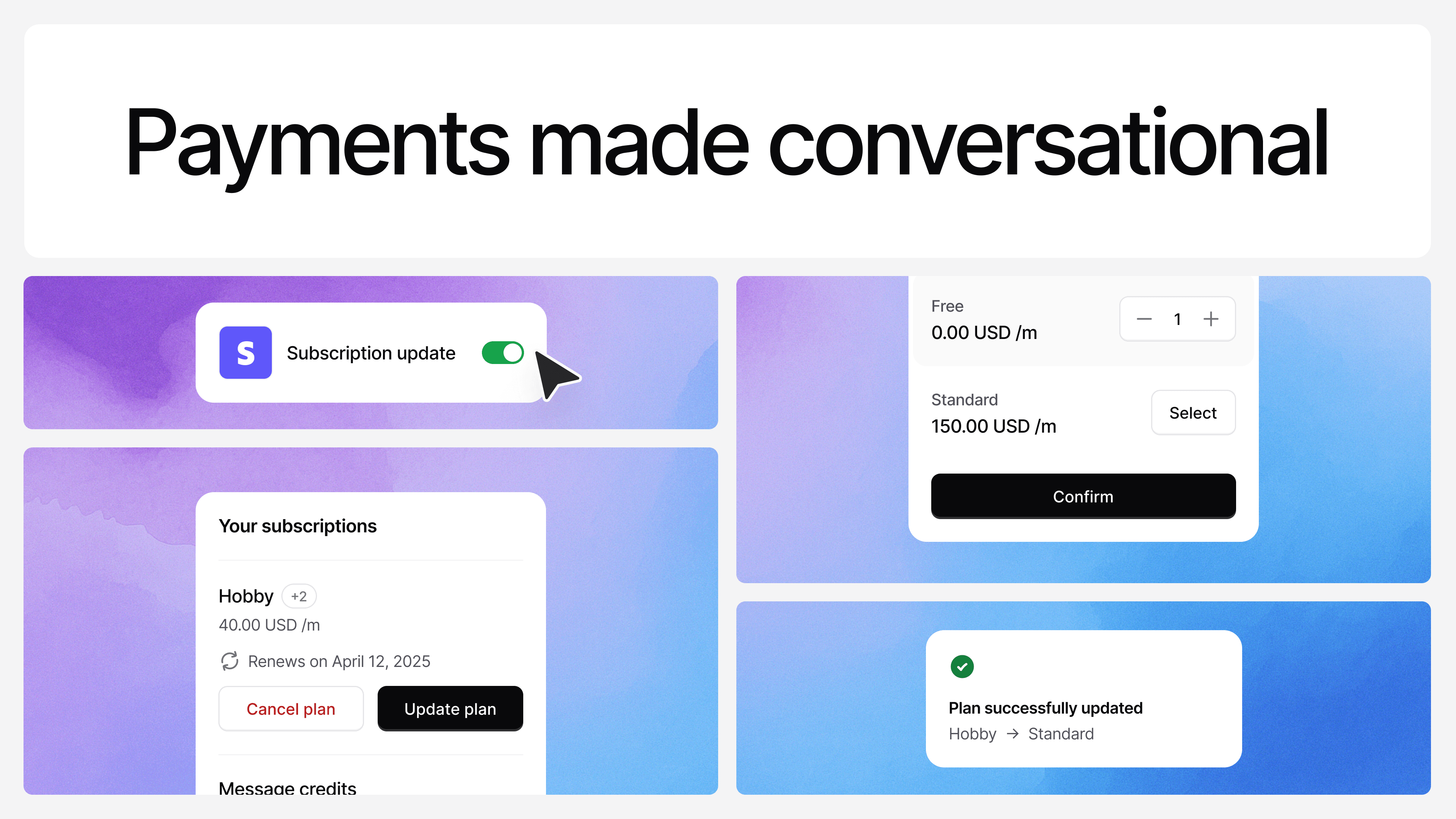What are Open-Source LLMs and Which are the Best Ones
Max T
Oct 1, 2024
8 min read

In 2023, AI models exploded in popularity spurred by the release of ChatGPT at the end of 2022. This sparked a massive wave of AI-powered innovation.
Companies quickly realized the potential of AI tools, and soon after, the AI landscape was flooded with new entrants. Whether it was AI chatbots that could carry natural conversations, best AI image generators that could produce art in seconds, or AI-powered text-to-speech tools, AI began weaving its way into everyday applications.
But what makes all of this magic happen?
At the core of these tools are AI models—more specifically, large language models (LLMs). These models are what power everything from generating coherent text to answering complex questions and simulating real conversations.
However, most of these breakthrough tools rely on closed-source, commercial LLMs, such as OpenAI’s GPT family or Anthropic’s Claude. Although there is API access to these models, it is quite different from having unrestricted access to the models proper. For developers who want to get hands-on and build something of their own, these closed-sourced models are off limits.
So, what happens if you want to deploy an AI model locally or integrate one into your own system without access to these commercial models?
Building one from scratch is far from easy, and for most, it’s simply not an option.
That’s where open-source LLMs come into play.
They offer a simpler, more accessible, and budget-friendly alternative to closed-source models. Open-source LLMs give you the power to create AI-driven tools without needing to build models from the ground up or rely on commercial licenses.
What are Open-Source LLMs?
Open-source large language models (LLMs) are AI models that are publicly accessible, meaning their source code and training data are made available to the public. This allows developers, researchers, and organizations such as insurance software development services to freely use, modify, and even improve the models for their own purposes. Many companies partner with a specialized software development studio to implement these models effectively into their existing systems and workflows. Unlike closed-source models like OpenAI’s GPT-4 or Anthropic’s Claude, open-source LLMs grant full transparency and control over the model’s structure, weights, and outputs.
But how do open-source LLMs differ from their closed counterparts?
- Closed-source LLMs: These models are developed and maintained by companies like OpenAI, Anthropic, or Google. They are typically proprietary, meaning you can’t access the underlying architecture or data that the model was trained on. While you can use these models via paid APIs, you don’t get any control over how the models are trained or deployed. This makes them convenient but limited for those looking to build highly customized solutions. This is the kind of models that power most of the best AI image generators.
- Open-source LLMs: These models, on the other hand, are free to download, modify, and adapt. Projects like Hugging Face and EleutherAI have been instrumental in making these models available to the public. With an open-source LLM, you can fine-tune the model to suit specific tasks, run it locally, or even deploy it in environments with limited resources. This level of control is ideal for developers who want to build tools tailored to specific needs or who are concerned about privacy and data security.
What qualifies as an open-source LLM?
For an LLM to be considered truly open-source, it needs to meet the following criteria:
- Source Code Availability: The model’s code and architecture must be freely available for anyone to inspect and use.
- Free Licensing: Open-source models often come with licenses (such as MIT or Apache) that allow users to modify and redistribute the model.
- Transparency in Training Data: Ideally, the data the model was trained on should also be accessible or at least documented.
- Community Contributions: Many open-source LLMs benefit from an active community of contributors who continuously improve the model, fix bugs, and introduce new features.
Open-source LLMs offer a unique opportunity to break away from the limitations of commercial models, providing a playground for innovation, customization, and a lower cost of entry for AI development.
Use Cases and Possibilities with Open-Source LLMs
Open-source LLMs have unlocked a plethora of opportunities across various industries and applications. Their accessibility, flexibility, and transparency empower developers to tailor solutions that meet specific needs. Here are some common use cases and possibilities that highlight the potential of open-source LLMs:
1. Chatbots and Conversational Agents
Open-source LLMs can be used to create sophisticated chatbots capable of engaging in natural and meaningful conversations. These chatbots can be customized for customer support, virtual assistants, or even personal companions, allowing businesses to deploy cost-effective, responsive solutions.
2. Content Generation
From blog posts and marketing copy to poetry and storytelling, open-source LLMs can generate high-quality content quickly and efficiently. Writers can use these models to brainstorm ideas, draft articles, or even automate repetitive writing tasks. To build such advanced AI tools, businesses can rely on generative AI development services, ensuring custom solutions that meet their specific content creation needs.
3. Code Generation and Assistance
Open-source LLMs can assist developers by generating code snippets, providing suggestions, and even debugging existing code. Tools like GitHub Copilot have already demonstrated the power of AI in software development in colombia, and open-source alternatives can offer similar functionality without vendor lock-in.
4. Sentiment Analysis and Text Classification
Businesses can leverage open-source LLMs for sentiment analysis to gauge customer opinions from social media, reviews, or feedback. Text classification models can help in organizing large datasets, making it easier to extract valuable insights from unstructured data.
5. Language Translation and Localization
Open-source LLMs can be trained for language translation tasks, making it easier for organizations to communicate across language barriers. With fine-tuning, these models can adapt to specific industries and localization tools, such as Centus, ensuring more accurate translations.
6. Educational Tools
Open-source LLMs can serve as powerful educational tools. They can provide personalized learning experiences, tutoring, and adaptive learning platforms that adjust content based on the learner's progress and preferences.
7. Research and Development
Researchers can use open-source LLMs for experimentation and hypothesis testing. The ability to modify the models allows for testing new theories, exploring innovative methodologies, or even contributing to the advancement of the field.
The flexibility of open-source LLMs means they can be tailored to fit niche applications and unique requirements, making them invaluable tools in today’s AI-driven world. Their adaptability empowers individuals and organizations to innovate and harness the potential of AI in ways that were previously unattainable with closed models.
Getting Started with Open-Source LLMs
Embarking on your journey with open-source large language models (LLMs) can seem daunting at first, but the process is quite manageable. Below are the essential steps to get started, including some recommended services that offer access to LLMs.
Step 1: Identify Your Use Case
Before diving into the technical aspects, it's crucial to define what you want to achieve with the LLM. Are you building a chatbot, generating content, or analyzing text? Knowing your end goal will help you choose the right model and tools for your needs.
Step 2: Choose an Open-Source LLM
Selecting the appropriate LLM for your use case is key. Research the available models, considering factors like performance, scalability, and community support. Some popular open-source LLMs include:
- LLAMA 3
- CodeGen
- MIXTRAL
- Falcon
- GPT-NeoX-20B
Each of these models has unique strengths suited for different applications.
Step 3: Set Up Your Environment
You’ll need a suitable environment to run your chosen LLM. This could be a local machine, a GPU server or a cloud-based solution like hosted dedicated servers. Here’s how you can proceed:
- Local Setup: If your machine has enough computational power (preferably a GPU), you can install the necessary libraries, like TensorFlow or PyTorch, to run the model locally.
- Cloud Services: For those who prefer not to manage hardware, various platforms like Hugging Face, Google Colab, or AWS offer cloud-based access to LLMs. These services often provide pre-configured environments that make it easier to get started.
Step 4: Access the Model
Most open-source LLMs can be accessed via libraries like Hugging Face's Transformers, which provide a user-friendly interface to download and implement models.
Step 5: Fine-Tuning and Customization
Once you have access to the model, you may want to fine-tune it on specific data that aligns with your use case. This involves training the model further on a dataset relevant to your application, enabling it to perform better for your needs.
Step 6: Deploy Your Model
After training and testing your model, the final step is deployment. Depending on your use case, you might integrate the model into an application, set it up as a web service, or even deploy it on a specific platform.
Popular Open-Source LLMs
When it comes to open-source large language models (LLMs), several options stand out due to their unique capabilities and community support. Below is a brief overview of some of the most popular open-source LLMs, highlighting their strengths and potential applications.
1. LLAMA 3
- Strengths: Known for its performance and scalability, LLAMA 3 is designed for versatility across various applications. It offers a balance between speed and quality, making it suitable for tasks like conversational AI and content generation.
- Applications: Chatbots, writing assistants, and educational tools.
2. CodeGen
- Strengths: Specifically tailored for code generation, CodeGen excels in generating high-quality code snippets and offering suggestions for developers. It leverages natural language understanding to interpret user queries effectively.
- Applications: Software development, debugging assistance, and coding education.
3. MIXTRAL
- Strengths: MIXTRAL combines multiple training techniques to enhance performance across various text-related tasks. Its design allows for adaptability to different contexts, making it a strong contender for many use cases.
- Applications: Text classification, sentiment analysis, and personalized content generation.
4. Falcon
- Strengths: Falcon is recognized for its efficiency and speed, making it ideal for applications that require quick responses, such as chatbots or real-time content generation.
- Applications: Customer support, conversational interfaces, and live data processing.
5. GPT-NeoX-20B
- Strengths: This model is one of the largest open-source alternatives to commercial LLMs, with 20 billion parameters. It offers impressive performance in generating coherent and contextually relevant text.
- Applications: Complex content creation, academic research, and AI-assisted writing.
Each of these open-source LLMs brings unique strengths to the table, allowing developers and organizations to select the one that best fits their specific needs and applications. Whether you're building a chatbot, generating code, or conducting sentiment analysis, these models provide powerful tools to innovate and create customized AI solutions.
How to Choose the Best Open-Source LLM for Your Project
Selecting the right open-source large language model (LLM) involves several critical factors. Here’s a streamlined breakdown of six key criteria to guide your decision:
1. Use Case Suitability
Consider whether you need an LLM for specific tasks or one that can handle a variety of applications. For example, if you're developing a customer support chatbot, you might prefer a model like LLAMA 3, which excels in conversational AI, over a general-purpose model.
2. Accuracy
Evaluate how accurately different LLMs can perform tasks relevant to your needs. For instance, CodeGen is designed for coding tasks and often produces high-quality programming outputs. In contrast, a generalist model may struggle with specific coding contexts but perform well in casual conversation.
3. Performance
Look for models that demonstrate strong fluency, coherence, and context comprehension. Falcon has shown promising results in these areas, making it suitable for applications requiring detailed, nuanced language understanding, such as creative writing or technical documentation.
4. Data Security
If you handle sensitive information, data security becomes crucial. For example, using MIXTRAL with retrieval-augmented generation (RAG) can help you implement strict access controls, ensuring sensitive data is well-protected while still allowing effective model usage.
5. Cost
While open-source models don’t have licensing fees, consider the total costs, including hosting and processing power. A larger model like GPT-NeoX-20B might require substantial computational resources, driving up expenses related to infrastructure and maintenance.
6. Skillset
Assess your team’s expertise in areas like data science and natural language processing (NLP). If your team is new to LLMs, starting with a simpler model, such as GPT-Neo, might be advantageous until they gain more experience and confidence.
By keeping these factors in mind, you can make an informed choice that aligns with your business goals and technical needs, ultimately driving success in your projects.
While open-source LLMs provide excellent flexibility and control, they may not always match the performance and capabilities of commercial models. Fortunately, you can still access and experiment with some of the best commercial models through Chatbase. This platform allows you to build robust conversational AI solutions without the complexities of managing model deployments or infrastructure.
With Chatbase, you can leverage the power of advanced AI models, create engaging chatbots, and enhance customer interactions with ease. Explore the possibilities today—sign up for Chatbase and elevate your conversational AI projects!
Share this article:







